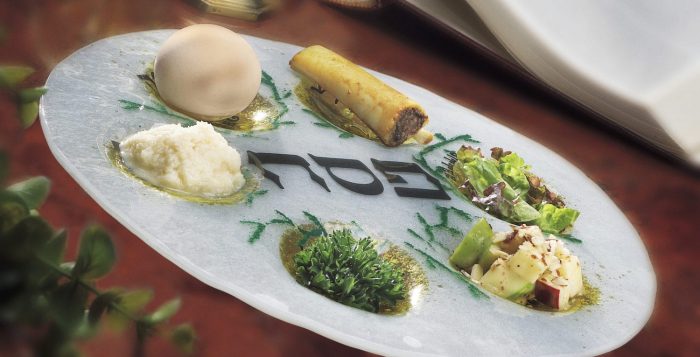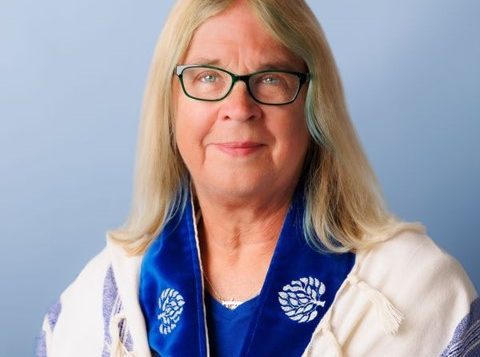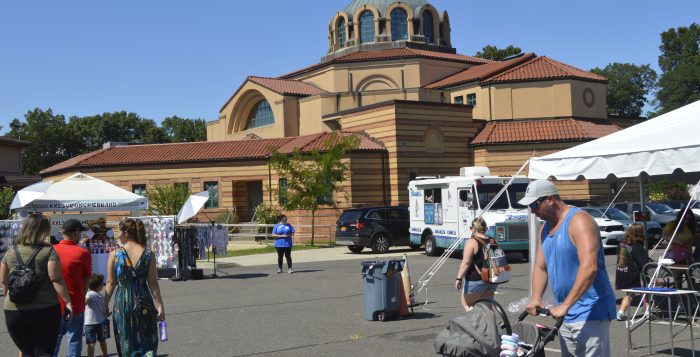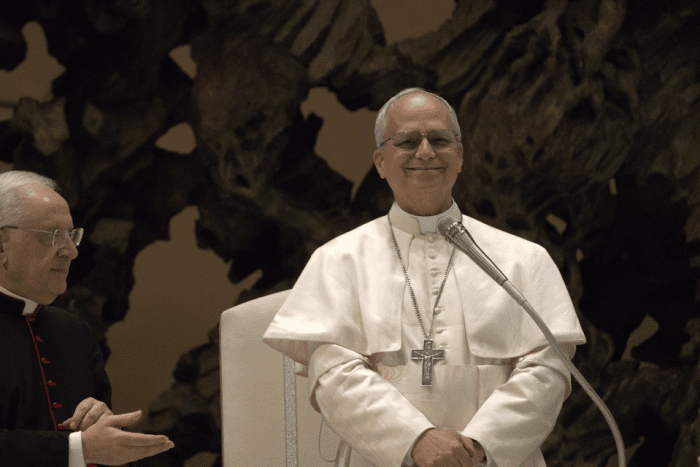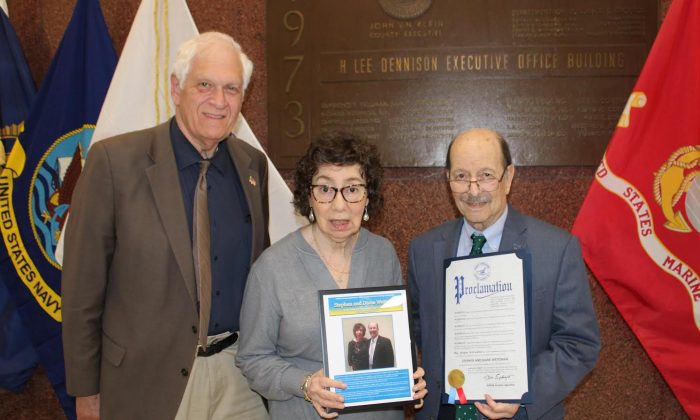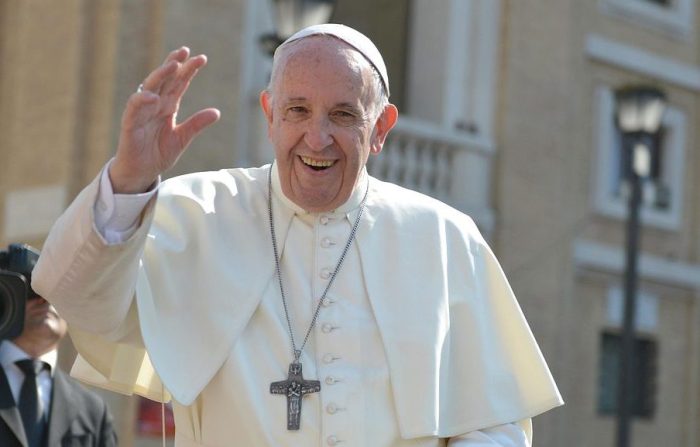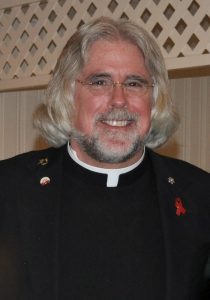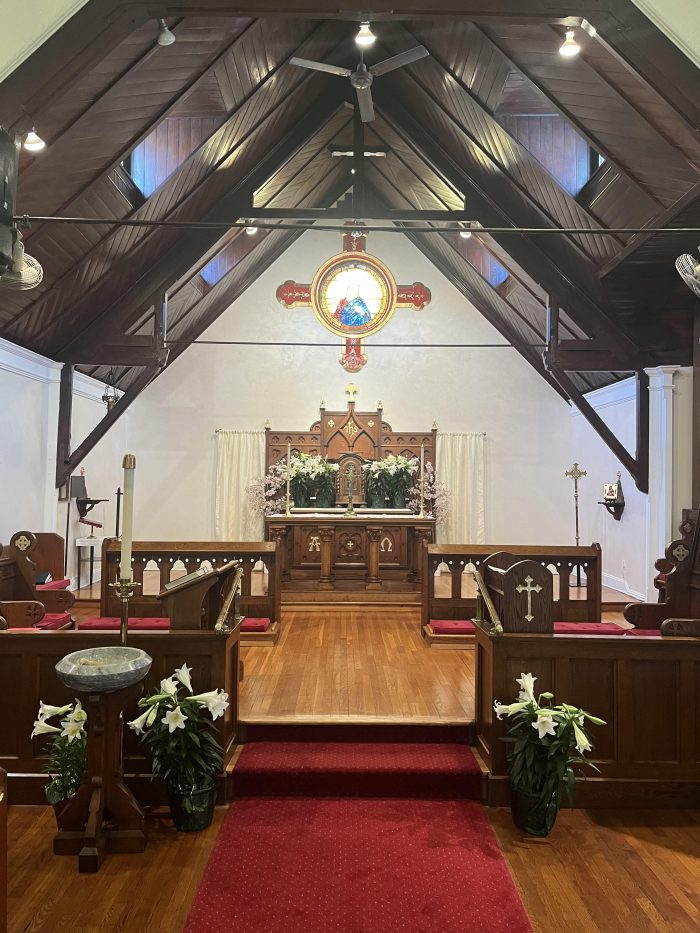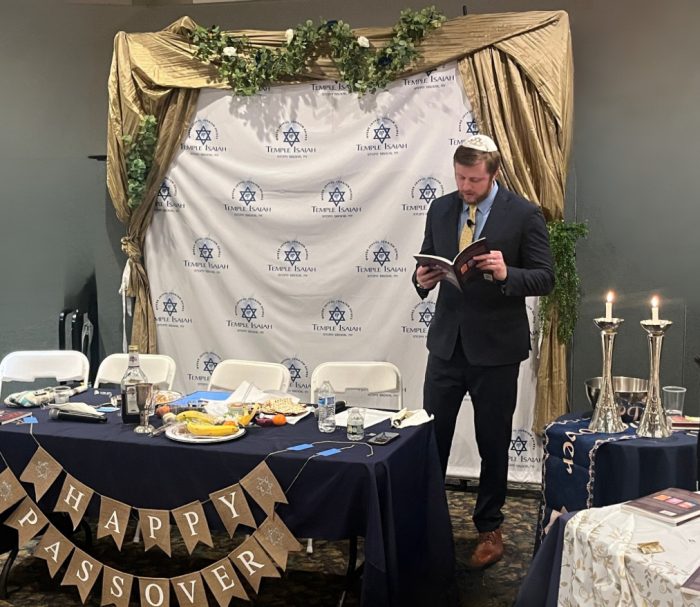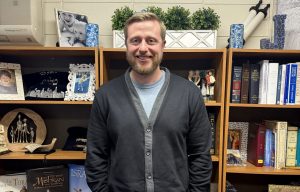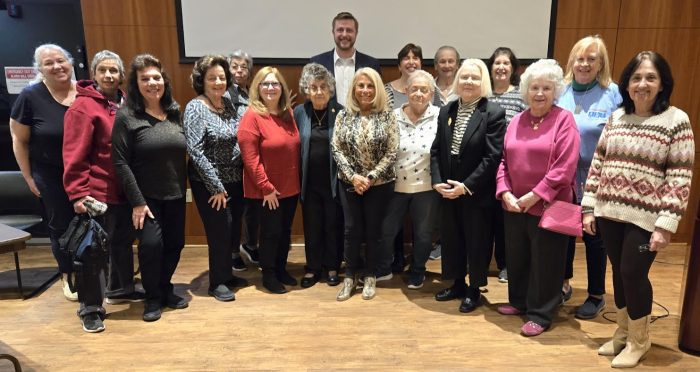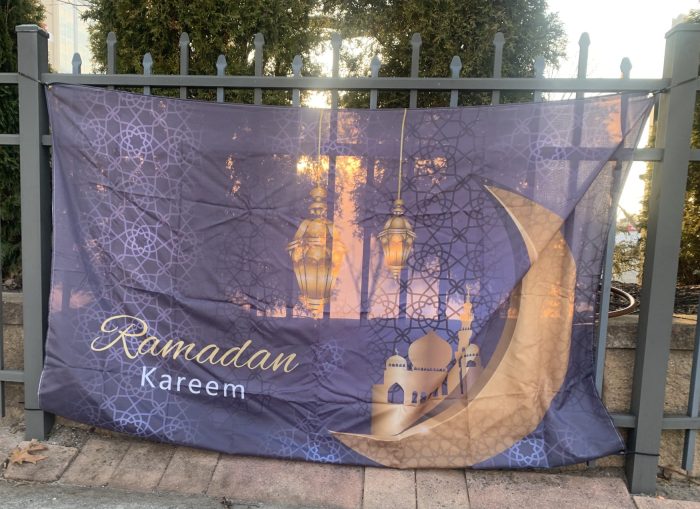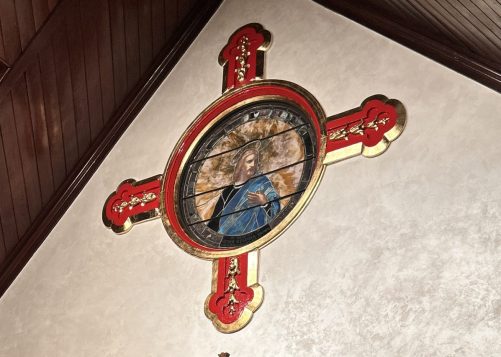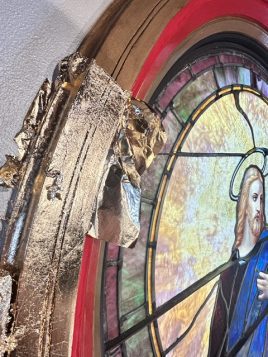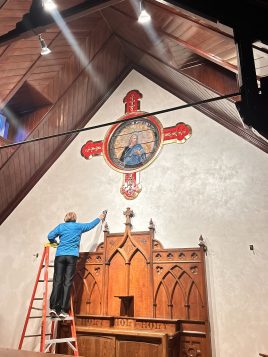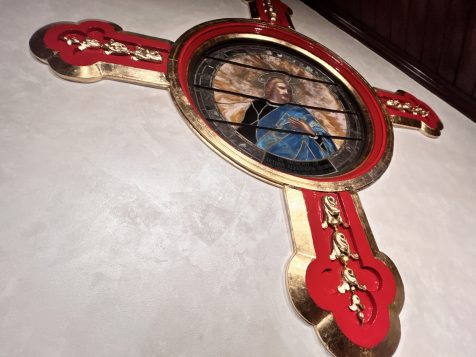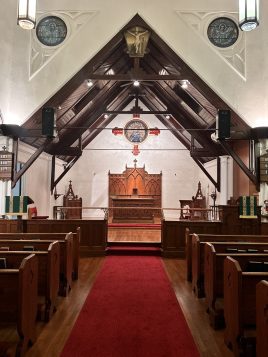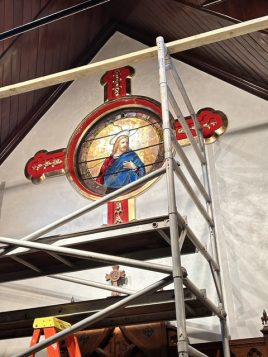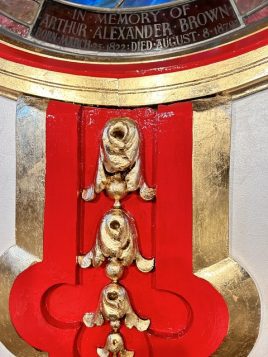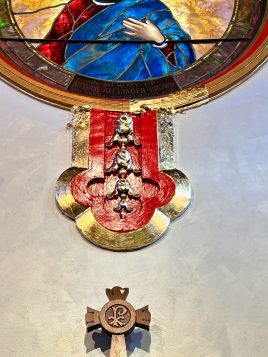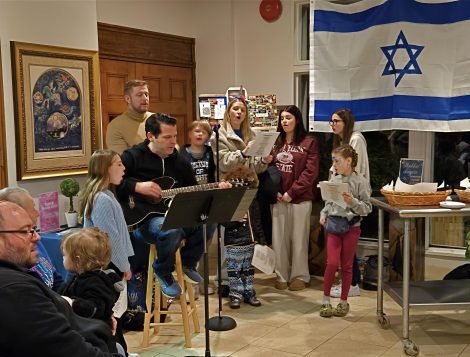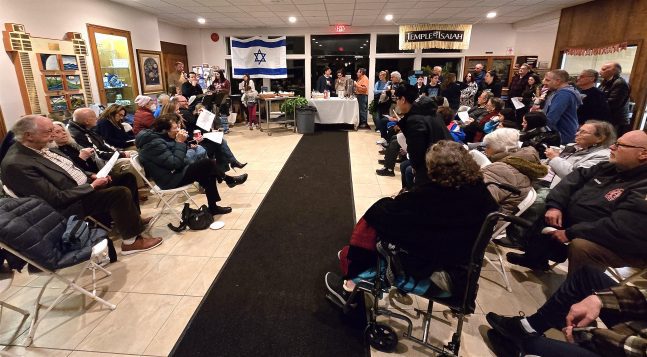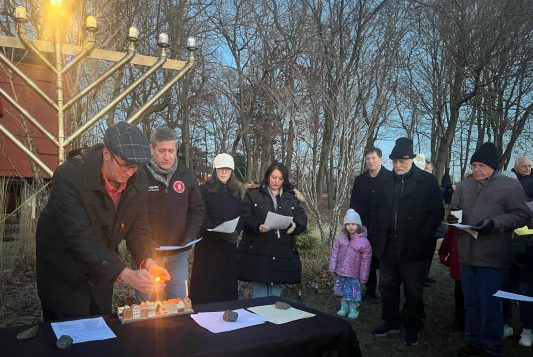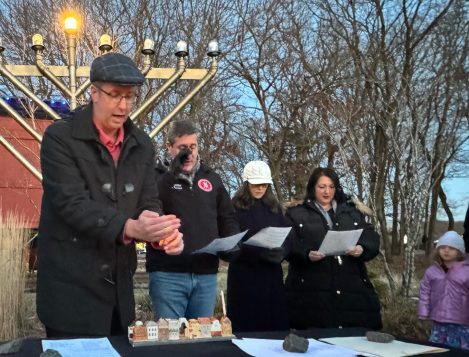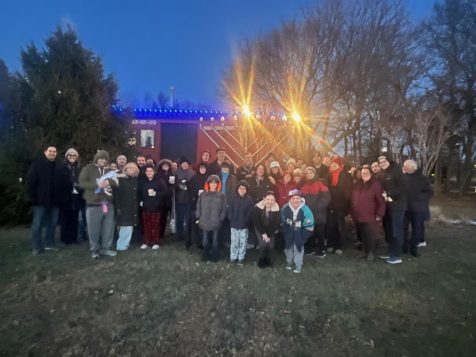By Luciana Hayes
On May 8, Cardinal Robert Francis Prevost was elected and chose the name Pope Leo XIV after a two-day conclave. He is the first American pope. But with any change comes controversy, especially when there is conflict between tradition and modernization. What do locals think of this new pope?
TBR News Media tackles this question by asking Long Islanders to share their opinions about recently elected Pope Leo XIV.
Nicole Connelly
Nicole Connelly looks forward to seeing a pope from the same city as her, Chicago, and one that enjoys tennis as much as she. While this is a simple validation, it leads her to feel a connection to the new pope because of it.
Thomas Worthington
Based on the information received, Thomas Worthington thinks Pope Leo XIV will continue the work of Pope Francis. In addition, Pope Leo XIV seems to be a good humanitarian who supports marginalized individuals. Worthington says, “He appears to be looking out for the underdogs in the world.”
Anonymous, East Setauket
This resident reflects on the matter by explaining how she thinks Pope Leo XIV will effectively enforce Catholic tradition, while still maintaining a more humane aspect that previous popes lacked. She also feels that many American Catholics can relate to him because of his nationality. “He has shown he’s a very human person with his enthusiasm for baseball,” Moody explains.
Jeanine Lewis, Holbrook
When asked about Pope Leo XIV, Jeanine Lewis responded, “I like him because he has a very kind smile and he’s a people person. You can see he connects with the people.” Another quality Lewis appreciates from the pope is his ability to keep Catholic traditions, but modify some of them to fit modern times.
Layla Fayed, East Setauket
Layla Fayed welcomes the new pope with cautious optimism in hopes to see him successfully modernize church doctrine. She looks to Pope Leo XIV to allow female leadership in the Catholic Church and openness toward the LGBTQ+ community. Fayed states, “overall, his papacy will be closely observed for how seriously it regards equality and inclusivity.


